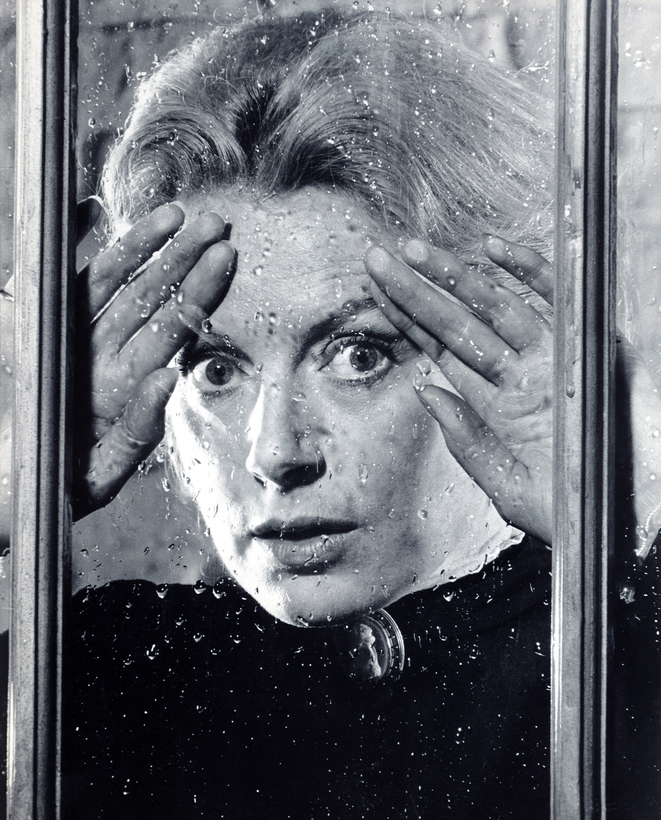With her faded red hair, wispy physique, and translucent skin, Ragna Riegel is an invisible woman. People look right through her. At 46, she works in a Europris store—sort of a Norwegian Walmart—in Kirkelina, stocking shelves and cashiering; she lives alone, has just one friend and no family nearby. (Her son, the result of her sole sexual encounter with a man, left for Berlin as a teen.) Her neighbors would say she was nice but quiet, literally—Ragna can’t speak above a whisper, a consequence of botched throat surgery which left an angry, rope-like scar on her neck.
Norwegian writer Karin Fossum is drawn to damaged characters with dreary, circumscribed lives, like the outwardly ordinary but secretly monstrous Irma Funder in her finest—or perhaps creepiest—book, When the Devil Holds the Candle (2007). Fossum has uncanny insight into how people beneath society’s radar can be driven to the breaking point. Though Irma and Ragna both do evil things, are they completely to blame?
Fossum has uncanny insight into how people beneath society’s radar can be driven to the breaking point.
When we meet Ragna, she is in prison on remand and being questioned by Inspector Konrad Sejer, an astute detective with infinite patience. It’s clear that she’s committed an awful crime, and Sejer wants to understand her and gain her trust. Her disability and family history have made her an observer, an imaginer of other people’s lives—not unlike a writer, actually. She might have been a good one, had her fear of being noticed not kept her in a hermetic existence until the real world intervened. What unfolds is an in-depth portrait of a woman without a voice, who, it turns out, has a lot to say.
The Whisperer flips the whodunit model, deriving its subtle suspense from the identity of the victim and the nature of the murder. It’s an unsettling device—as Fossum lulls the reader with Ragna’s sad story, she simultaneously tickles awareness of the horror to come, dropping little crumbs about the people who cross Ragna’s path, however randomly. (The author’s style and humor can be dryly macabre—when you finally learn who the victim is, laughter may ensue.)
Like Ruth Rendell, to whom she is sometimes compared, Fossum has a finely calibrated sense of human psychology and an interest in the precarious lives of marginalized people. It’s expressed poignantly in Ragna’s letters of reconciliation and confession to her absent son. They are heartrending, as are his responses. They may provoke tears. But not for long—Fossum may be compassionate, but she’s no sentimentalist, and she closes out the book with a masterful, ice-cold twist.
One of British author Ruth Ware’s many strengths is her ability to create a disorienting environment that at first dazzles with its ingenuity and luxury—like the cruise ship in her 2016 book, The Woman in Cabin 10—then turns nightmarish. In The Turn of the Key, that place is Heatherbrae House in the Scottish Highlands, where a young woman named Rowan has come to interview for a nannying job taking care of three little girls. It’s an old estate, fitted up by the parents—both of whom are architects—as a “smart house,” where every household function is remotely controlled by the “Happy app.” The app is like Alexa on steroids; almost nothing can be operated manually. Very high-tech, very intimidating. There’s also the fact that the family’s four previous nannies have all quit due to “various superstitions surrounding the house’s history.” Any sensible person would run the other way.
As its title implies, the book owes a debt to Henry James’s classic ghost story The Turn of the Screw. Both feature (ostensibly) haunted houses and odd children (possibly) in the grip of malign supernatural influences, and both are narrated by a nanny who loses a child in her care. But these are modern people with modern problems, and Ware updates accordingly. The book’s roots may reach back to James, and still further to the Brontë sisters, but it feels as up-to-the minute as the Happy app. The result is an irresistibly readable and scary homage.
So much happened in the summer of 1969—the Apollo 11 Moon landing, the Manson-family murders, Woodstock—but it’s the drowning of the Rolling Stones’ cast-off guitarist Brian Jones, and the Stones’ Hyde Park concert a few days later, that set the tone for William Shaw’s novel about the murder of a specialty call girl who goes by Julie Teenager. Play with Fire focuses on the seamy side of Swinging London’s youth culture, embodied by enterprising girls like Julie, whose impersonation of a spoiled teenage girl pouting in her all-pink boudoir earned her an obsessive following.
Play with Fire focuses on the seamy side of Swinging London’s youth culture.
Investigating her death is Detective Sergeant Cathal Breen, a refreshingly decent policeman with one foot gingerly in the bohemian hippie culture of the day and the other firmly in law enforcement. It’s no surprise that Shaw, a former music journalist, writes with such deep knowledge of rock ’n’ roll and period flair. The see-through peasant dresses! A cameo appearance by Felix Dennis, then of Oz magazine! But Shaw is also smart about finding the grit beneath the glamour, and he’s created an appealing team in Breen and his unconventional girlfriend, Helen Tozer, a former policewoman whose pregnancy doesn’t stop her from doing some risky detective work of her own.
Lisa Henricksson reviews mystery books for AIR MAIL. She lives in New York City.

